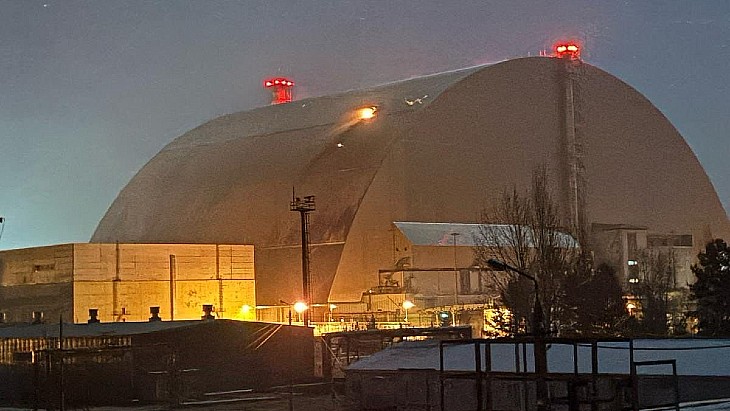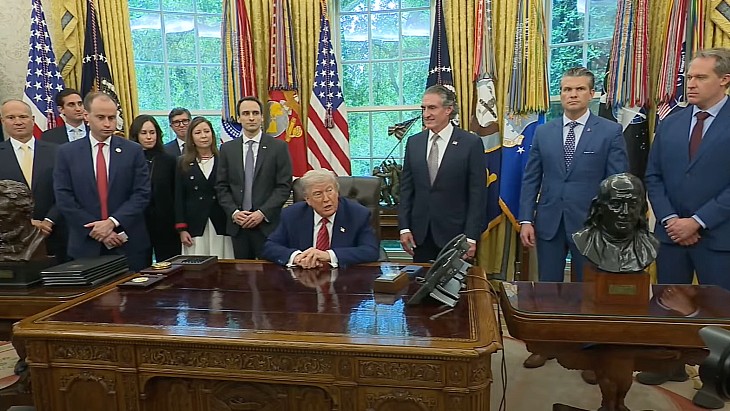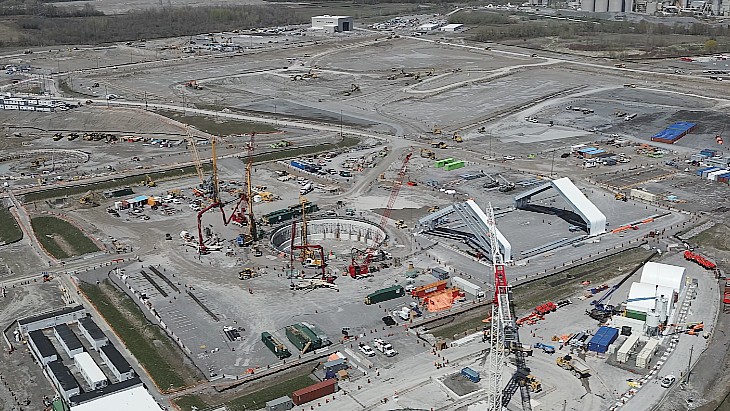New centre provides nuclear medicine to Jamaican public
.jpg)
Although it has more than 7000 new cancer cases per year, Jamaica has until now operated only four teletherapy machines in its public medical facilities and no nuclear medicine facilities. A few private organisations offer nuclear medicine in Jamaica, but at a cost the average Jamaican is unable to afford, said UHWI CEO Kevin Allen. "Having the Nuclear Medicine Unit at the University Hospital, a government institution, means that all members of the population will have access to this advanced type of medical care at a fraction of the cost," he added.
"Nuclear medicine and its support for early diagnosis and treatment can mean a difference between life and death. This facility will benefits citizens of Jamaica and wider Caribbean - patients can now get cutting-edge care at a fraction of the cost," Prime Minister Andrew Holness said at the inauguration of the new facility on 30 June.
IAEA Deputy Director General Hua Liu, who is head of the organisation's Department of Technical Cooperation, described the opening of the new facility as a "significant milestone" in the fight against non-communicable diseases. "Through Rays of Hope, we will continue to support the expansion of radiation medicine capacities in Jamaica, in diagnosis as well as treatment, including through support for the development and training of the national cancer care workforce," he added.
Jamaica's last existing public nuclear medicine facility closed some 20 years ago due to a lack of personnel and resources. Since then, Jamaica has operated two private facilities, which many people cannot afford, and which also did not have sufficient capacity for the country's population of almost three million, the IAEA said. The agency has been providing targeted assistance to Jamaica in this area since 2014.
The IAEA, through its Technical Cooperation Programme, has provided the new centre with equipment including as a SPECT/CT diagnostic machine, a dose calibrator, equipment for radiopharmacy facilities and phantoms, plus a supply of the material and reagents necessary for nuclear medicine. The agency has also trained staff, including nuclear medicine technologists, radio pharmacists, radiologists, and medical physicists, in clinical applications of nuclear medicine and advised Jamaica on establishing an accredited training programme for nuclear medicine professionals.
The use of radioactive material in the new centre will be overseen by Jamaica's Hazardous Substances Regulatory Authority (HSRA), an independent regulatory body established in 2020 which is responsible for ensuring safety and security in the operation of facilities involving ionising radiation and nuclear technology, including Jamaica's Slowpoke research reactor. The IAEA has also supported the HSRA - which is the first independent nuclear regulator in the Caribbean Community (CARICOM) group - with training, equipment and guidance.
To ensure sustainability and to contribute to the expansion of services, the IAEA said it will continue to provide Jamaica with assistance including PET/CT technology, radionuclide therapy, and further training of medical professionals, aligned to Jamaica's National Development Plan, Vision 2030.
The facility has been a joint effort of UHWI, Jamaica's Ministry of Health and Wellness, the Planning Institute of Jamaica (PIOJ) and the IAEA. The projected costs of the centre total some JMD326.3 million (USD2.2 million), according to UHWI: JMD124.3 million for refurbishment of the building and JMD102 million for equipment.
The IAEA's Rays of Hope programme focuses on countries without radiotherapy or with inequitable access, prioritising high-impact, cost-effective and sustainable interventions in line with national needs and commitment.











